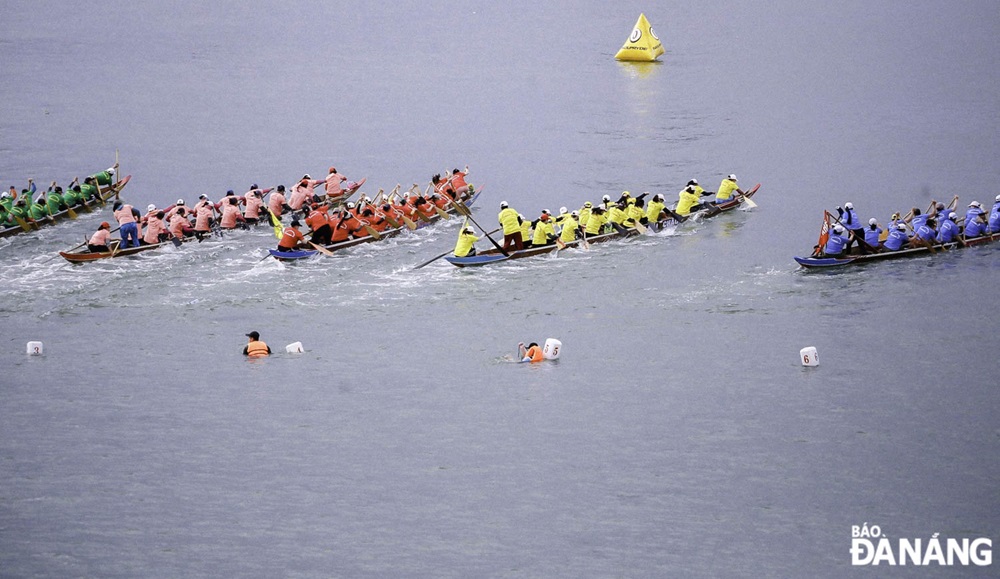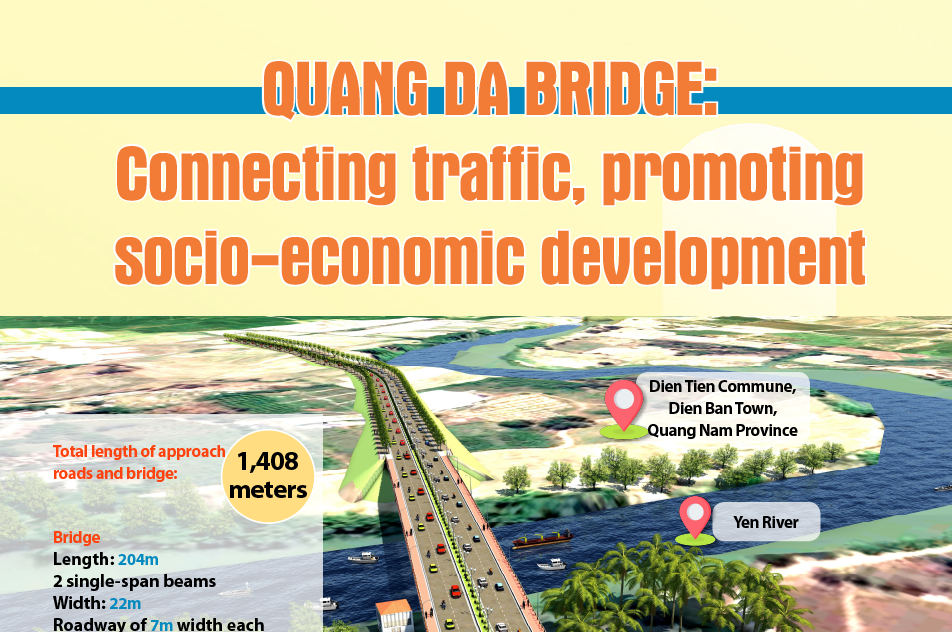Wastewater collection system along Nguyen Tat Thanh to be built
Da Nang People's Committee Chairman Huynh Duc Tho on Wednesday chaired a meeting to discuss proposals made by relevant agencies about the construction of wastewater collection system along Nguyen Tat Thanh coastal route.
Under the project, the system will be designated for ensuring effective wastewater collection and minimise the volume of rainwater pouring out to sea. Besides, the existing sluicing gates will be upgraded in a bid to prevent seawater and sand from flowing back into the drainage system.
The total planning area for the project will cover 667.81ha, of which 395 ha are in Hai Chau District, whilst the remaining 272.81 ha belongs to Thanh Khe District.
The construction of sewage lines, pumping stations, flow separation mechanisms and other auxiliary facilities under the project is expected to cost 438 billion VND in total.
At the meeting, Chairman Tho agreed on the research into the construction of the wastewater collection system along a section of Nguyen Tat Thanh route stretching from 3 February Street to the Phu Loc Bridge.
The municipal Management Board of Traffic Project Investment and Construction will join forces with relevant agencies to identify the most optimal technical and cost-effective construction plans for the project.
Besides, heed will be paid to recalculating the treatment capacity and technical technology applications at the Phu Loc wastewater treatment station to match with the intake of large amounts of effluent from the Nguyen Tat Thanh collection system.
Furthermore, the municipal administration leader underlined the importance of accelerating the implementation of research procedures and preparations for this project.
The Department of Construction will propose plans to temporarily upgrade the damaged sections of the existing sewage lines in order to enhance the collection capacity of the new system and minimise raw foul-smelling murky sewage pouring into the sea, thereby avoiding environmental pollution and negative impacts on the urban landscape.








